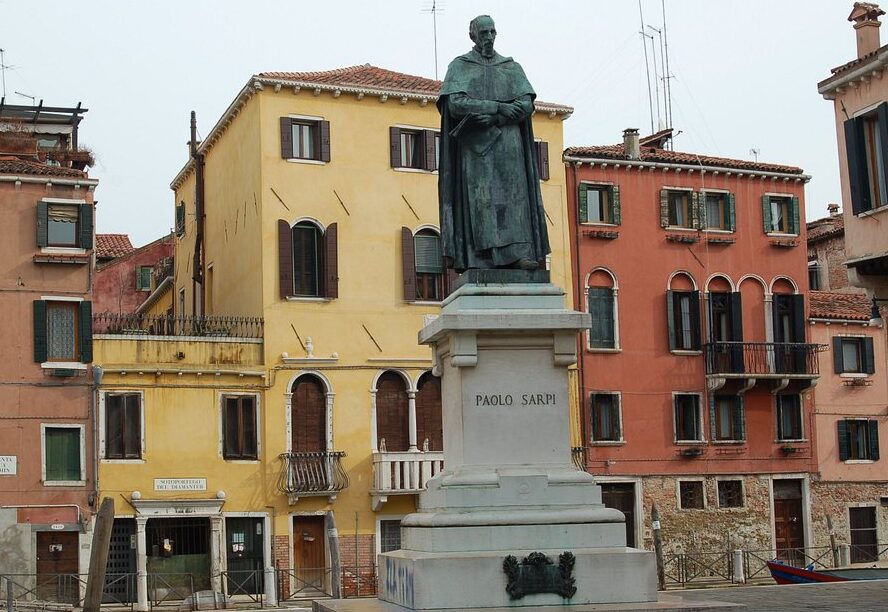Paolo Sarpi: Venice’s Intellectual Rebel and Enduring Legacy
Venice is renowned for its dazzling art and architecture, yet beyond its well-trodden paths lies a rich intellectual heritage shaped by visionary figures like Paolo Sarpi (1552–1623). Often overlooked by mainstream tourist narratives, Sarpi’s life and work offer a fascinating window into the vibrant debates and revolutionary ideas that once animated the Venetian Republic.
Born into a modest family in Venice, Sarpi rapidly distinguished himself as a brilliant theologian, historian, and reformer. His seminal work, History of the Council of Trent, challenged established ecclesiastical authorities and offered a bold critique of the religious debates of his time. Sarpi’s commitment to reason and his fearless advocacy for Venetian independence from papal influence left an indelible mark on the city’s political and cultural landscape.
Sarpi’s legacy, however, extends far beyond his writings. He embodied the spirit of intellectual rebellion—a spirit that continues to resonate in Venice’s quiet, hidden corners. Away from the bustling tourist hubs, one can still sense the echoes of his debates in secluded libraries, intimate meeting places, and narrow alleys where independent thought once flourished.
A particularly evocative reminder of this intellectual heritage can be found in a lesser-known corner of Venice: a quiet courtyard tucked behind an ancient palazzo near the Rialto area. This serene spot, with its weathered stone walls and gentle play of light and shadow, seems to whisper the stories of past conversations, where ideas were exchanged and the seeds of modern thought were sown. Here, the legacy of Paolo Sarpi invites visitors to pause, reflect, and appreciate a side of Venice that is as intellectually rich as it is visually stunning.
Join our Art and History Venice Tours to discover these hidden gems, where you can walk in the footsteps of Paolo Sarpi and experience the enduring spirit of Venetian independence and ingenuity. Step off the beaten path and uncover a Venice that celebrates its past not only through art and architecture but also through the timeless power of ideas.



